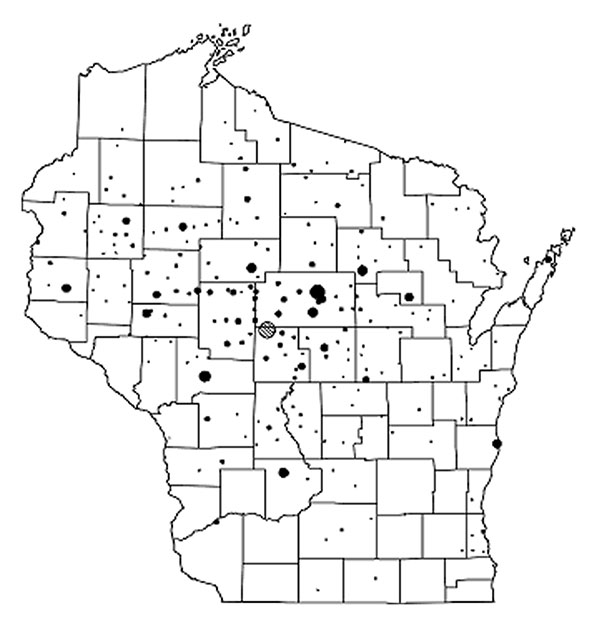Public Health
Aeromonas hydrophila is listed on the United States Environmental Protection
Agency
Contaminant Candidate List
of emerging pathogens in
drinking water because of its tendency to form biofilms in water
distribution systems. The Safe
 Drinking Water Act of 1996
requires the United States Environmental Protection Agency to
list contaminants anticipated to occur in drinking water systems
in order to generate scientific research on the contaminant so
that it can be more efficiently regulated from being a public
health risk.
Drinking Water Act of 1996
requires the United States Environmental Protection Agency to
list contaminants anticipated to occur in drinking water systems
in order to generate scientific research on the contaminant so
that it can be more efficiently regulated from being a public
health risk.
Aeromonas hydrophila was found in diarrhea samples of
0.5%-16.9% of all ill patients. The prevalence is similar to the
number of incidences reported of
Salmonella and Shigella.
While it is found to cause illness in many individuals, there is
debate over its sole ability to cause infection due to the fact
that it was found in 0%-10% of asymptomatic individuals in the
control group. There is a possibility that these unaffected
individuals may have a resistance mechanism to the bacteria or
they may have a stronger immune system compared to those who are
affected by the bacteria. It is also possible that there are
strains of Aeromonas hydrophila that lack certain
virulence factors that are able to cause infection, therefore,
it is possible that there are non-pathogenic strains of this
species.
bacteria. It is also possible that there are
strains of Aeromonas hydrophila that lack certain
virulence factors that are able to cause infection, therefore,
it is possible that there are non-pathogenic strains of this
species.
Areas of poor personal and environmental hygiene have higher
rates of Aeromonas hydrophila in stool samples.
Specifically in Wisconsin, Aeromonas was found in 0.66%
of diarrheic stool samples. Of those infected in the sample,
Aeromonas was found in samples of their drinking water.
It was also found in other groundwater obtained from private wells
throughout Wisconsin.
Over an 18 month period in La Crosse, Wisconsin, 20 patients
(1.1%) out of 1,821 patients with diarrhea were positive for A. hydrophila.
Visit
www.waterbornepathogens.org to learn more about the
occurrence rate of Aeromonas hydrophila throughout the
world.
Finally, check out other related material from the
references used in this website.
To return to the home page, click
here.